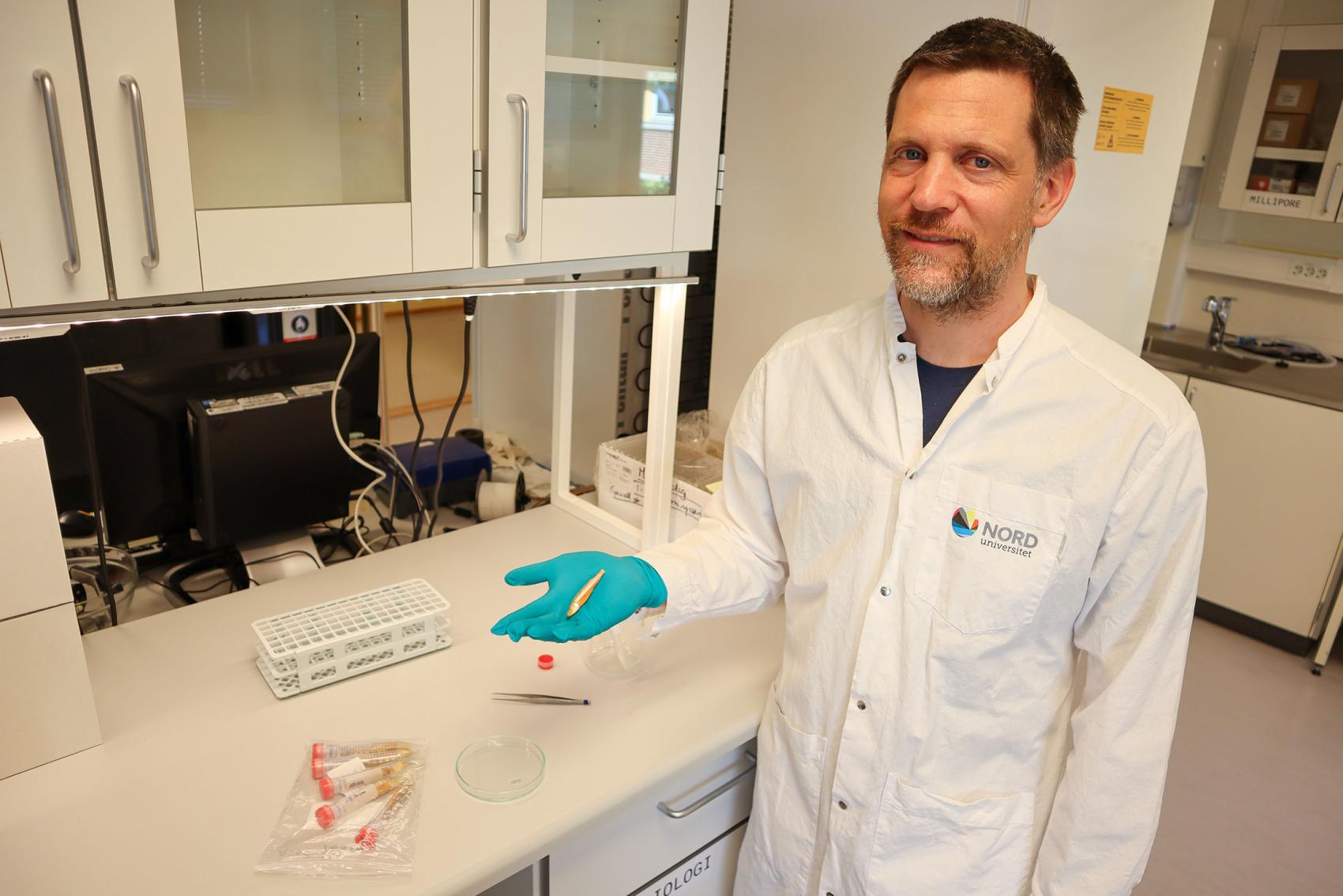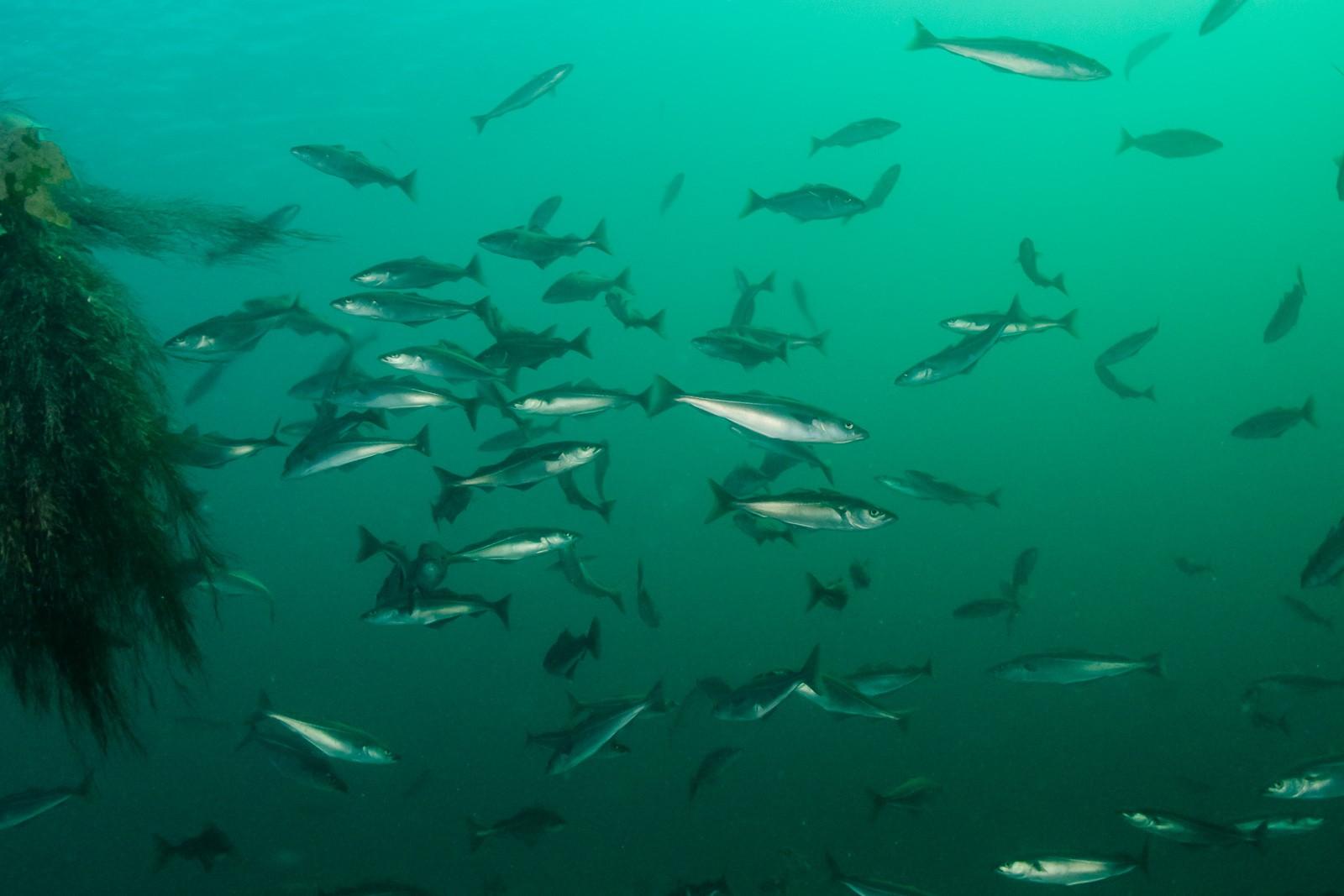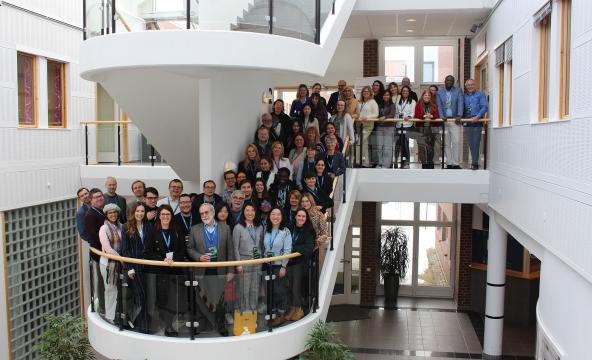
Photo: Galice Hoarau / www.galice.no
“Out of the entire EU, only 33 out of 262 applications received funding. That our faculty should get two of these is actually quite incredible,” says a happy Director Jarle Jørgensen at the Faculty of Biosciences and Aquaculture.
The Biodiversa+ research program is part of the EU's long-term plan to protect nature and reverse the negative development of the continent's ecosystems. Now, two different research projects at the Nord University have been awarded funds from the program.
“Research on biodiversity and ecology often deals with fundamental issues. There are significant gaps that need to be filled to transform this knowledge into something that can be used in management. Biodiversa is meant to bridge that gap”, explains Professor Joost Raeymaekers.
In its 2019 report, the UN's Intergovernmental Science-Policy Platform on Biodiversity and Ecosystem Services (IPBES) states that the destruction of nature with the loss of animal and plant species is faster than ever. So far, 196 countries have joined the Kunming Montreal Global Biodiversity Framework, concluded at the UN's nature summit COP15 in December 2022. The agreement aims to help save and preserve the world's natural and biological diversity.
“Biodiversa aims to improve the work of preserving ecosystems and biodiversity in Europe. It means that they want specific, practical results that can be integrated into biodiversity conservation policy or management right away”, says Raeymaekers.
Artificial intelligence to be used in Saltstraumen

The two projects at Nord University that have been awarded funds are both international collaborative projects. In the BioBoost+ project, researchers at Nord University will develop methods to use artificial intelligence to identify and count individuals of (a) zooplankton, (b) benthic invertebrates, and (c) fish on video. This work is led by Professor Mark Costello.
“In this project we will use our live cameras in Saltstraumen. We hope this will become technology that can help us better understand trends in these key areas for marine food chains and biodiversity”, says Costello.
Professor Joost Raeymaekers leads parts of the international research project GINAMO, which stands for Genetic Indicators for Nature Monitoring. The Norwegian Institute for Nature Research (NINA) is also participating. The project aims to develop practical methods to include genetic diversity in management.
“All around Europe, various systems are being implemented to monitor biodiversity, but it is done in different ways in different countries. For example, they use different data formats. Common ways to transfer the knowledge to the authority level are still not well developed”, says Raeymaekers.
A need for knowledge about genetic diversity

Facilitating a common framework for natural resource management across national borders has some obvious advantages, says the professor.
“Nature crosses these borders. Just think of wolves, which can move over 100 kilometers in the course of a day. Many species have quite extensive population structures. So, collaborating across national borders is quite sensible”, says Raeymaekers.
Today, the conservation of ecosystems and habitats is already part of the legislation in most countries. The same goes for the conservation of vulnerable and endangered species, where the Red List is a widely established tool. However, genetic diversity is still unknown territory for many.
“We still lack systems to include genetic diversity in policymaking in a good way. For us researchers, it is surprising how little attention is paid to it. We know that it is important”, says Raeymaekers.
In general, species with high diversity are better suited to adapt to changes in the environment in which they live.
“A typical example of the negative consequences of low diversity is inbreeding. If there are too few individuals, the individuals become genetically too similar. There can be increases in genetic diseases, and what we call the population's fitness goes down. This can quickly become a vicious circle, where low fitness leads to fewer and fewer individuals. Eventually, we can get what we call an "extinction vortex" - where the population can disappear entirely”.
Can one population support the recovery of another?

Developing indicators for effective population size thus becomes an important task.
“The effective population size, abbreviated Ne, is simply the number of individuals in a population that contributes to the next generation through reproduction. In nature, not everyone reproduces, so effective population size is lower than the total number of individuals”.
Effective population size is closely linked to genetic diversity and is crucial for long-term survival. It makes it an important tool for natural resource management. Especially in populations we harvest from, where climate change and other changes in the environment can lead to the destruction of habitats.
Even here in Norway, where monitoring of natural areas and endangered species has come a long way, there are things to be aware of, according to the researchers.
“There are groups of plants, birds, reptiles, and insects that do not receive the same attention as larger mammals and fish”, says Raeymaekers.
To ensure the diversity of species in Norwegian nature also for future generations, more plants and animals must be monitored genetically. This is also needed to understand if one population can support the recovery of another population of the same species, even if they live in different environments.
“This applies to a number of species listed as vulnerable or threatened on the Red List, such as the vulnerable orchids marsh orchid (Cypripedium calceolus) and fly orchid (Ophrys insectifera), or the endangered fairy shrimp (Tanymastix stagnalis),”, says Raeymaekers.
About biodiversity and genetic diversity
- Biodiversity refers to all diversity of life. It includes the diversity between species, but also to the diversity within species.
- Genetic diversity refers to the diversity among individuals within a species. Such diversity exists for instance among humans, but also among individual cows, baobab trees or earth worms.









